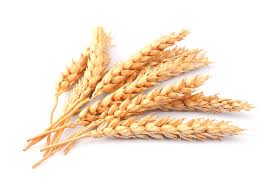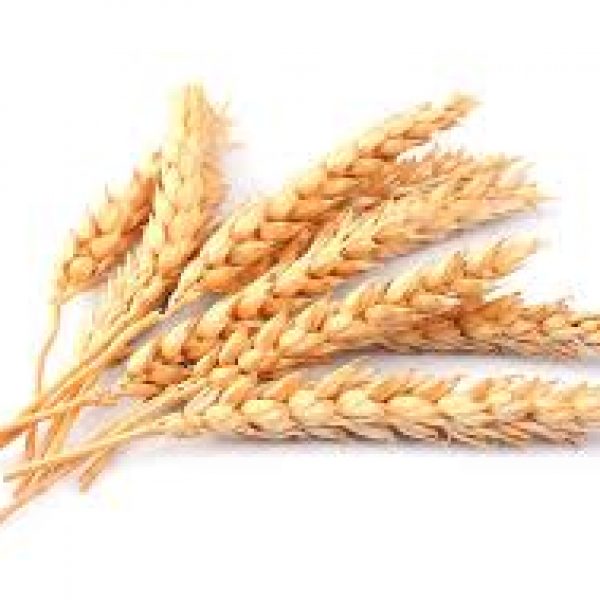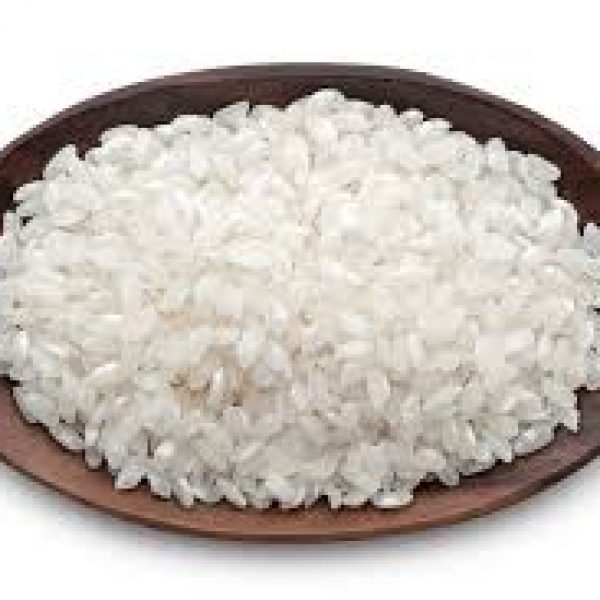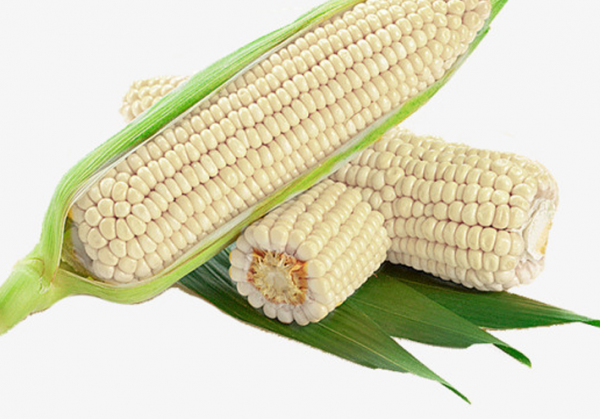Wheat is a widely cultivated cereal grain that is a staple food in many countries around the world. It is known for its high nutritional value, versatile culinary uses, and easy adaptability to different growing conditions.
Global Outputs:
Wheat is produced on a large scale globally, with major producers including China, India, the European Union, Russia, and the United States. The global production of wheat in 2021 was estimated to be around 780 million metric tons.
Major Producing Countries:
China is the largest producer of wheat, accounting for nearly 17% of global production. Other major producers include India, the European Union, Russia, and the United States.
Importers and Exporters:
Egypt is the largest importer of wheat, followed by Indonesia, the European Union, and Bangladesh. Major exporters include the United States, Russia, Canada, and Australia.
Varieties and Sizes:
Wheat is available in various varieties, including hard wheat, soft wheat, durum wheat, and spelt wheat, each with its own unique flavor, texture, and baking properties. It is also available in different sizes, ranging from small bags for household use to large containers for commercial and industrial applications.
Required Certifications:
Wheat must meet certain quality standards and certifications to ensure its safety and purity. Some of the common certifications for wheat include ISO 9001, ISO 22000, and HACCP. Organic and non-GMO certifications are also available for wheat produced using sustainable and ethical farming practices.
World Production
- Worldwide 765,769,635 tonnes of wheat is produced per year.
- China is the largest wheat producer in the world with 133,601,131 tonnes production per year.
- India comes second with 103,596,230 tonnes yearly production.
- With 74,452,692 tonnes of production per year, Russian Federation is the third largest producer of wheat.
- United States of America, with 52,257,620 tonnes of production per year is ranked at 4.

































































































































